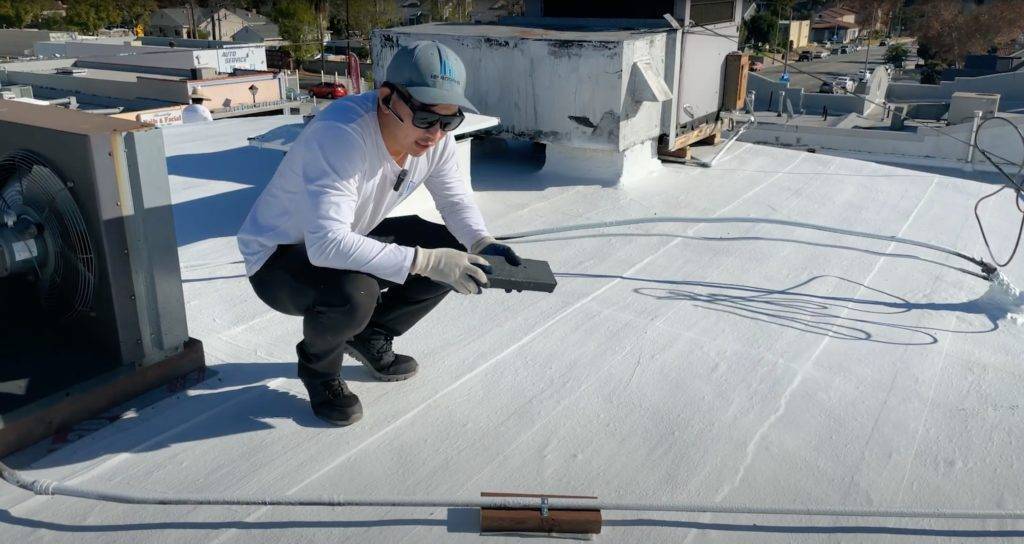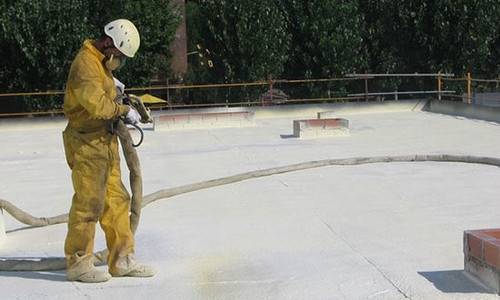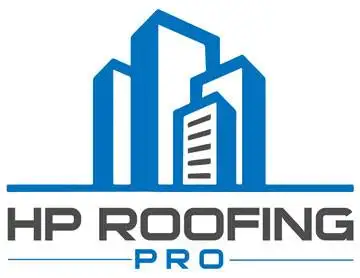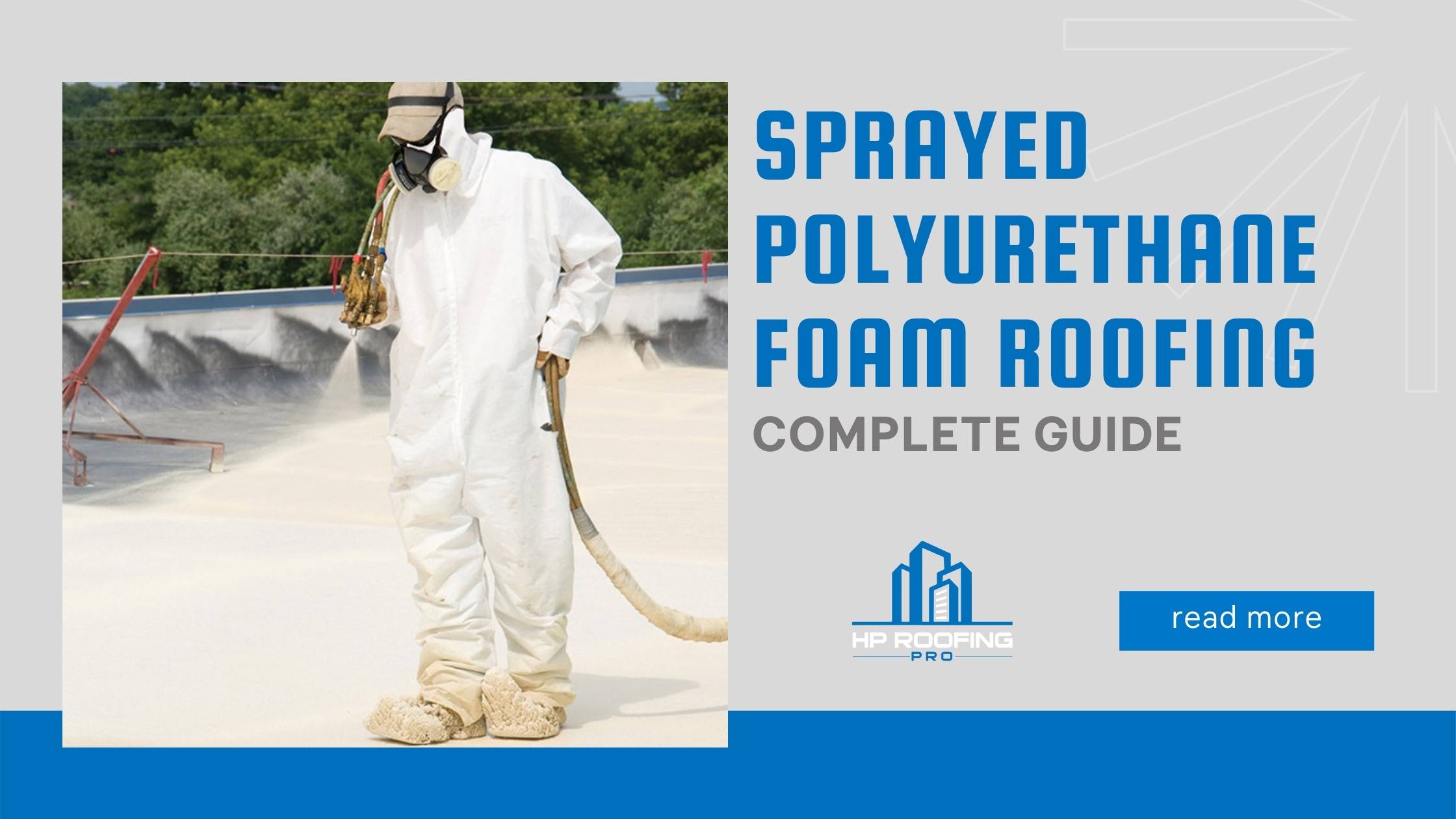Mon - Fri 7:00 am - 4:30 pm
601 South Palm Ave, Alhambra, CA 91803
Posted by thomas ferriere No Comments on The Complete Guide to Sprayed Polyurethane Foam Roofing Roofing
The Complete Guide to Sprayed Polyurethane Foam Roofing
Many commercial buildings take advantage of flat roof systems, which tend to last 15-20 years. Given that 72 percent of commercial buildings in the US were built before the year 2000, the odds are good your roof might need repair or replacement.
When you start your research, make sure you have sprayed polyurethane foam roofing near the top of the list. Few building materials last as long or perform as well as SPF with qualities unmatched by other materials. A layer of SPF on your roof improves your building’s energy efficiency, which in turn improves comfort inside.
Let’s take a look at what an SPF roof is, the pros and cons of the system, and what you need to know about installing it on your commercial building.
What Is Sprayed Polyurethane Foam Roofing?
Spray foam roofing has been around for decades, but it wasn’t until the 1970s that it started being used in roofing due to its superior insulative qualities. It can handle any climate and can last more than 50 years with proper care.

The roofing material is made on the job site by mixing two highly reactive chemicals and pumping them into a spray gun through hoses. It’s sprayed as a liquid on the roof surface, then expands into a foam to make a solid layer over your existing roof. SPF is often used to repair an existing roof after replacing issue areas.
As the foam cures, it solidifies into a durable, lightweight membrane over the existing roof substrate. Because it’s all in one piece, it has no seams and is waterproof.
Benefits of Foam Roofing
It’s easy to rave about SPF because it brings so many benefits. One of the biggest pros has to do with energy efficiency improvements, but many others keep in mind.
Thermal Resistance (R-Value)
SPF has the highest R-value of any commercial roofing material out there today. R-value measures the ability to resist heat flow, and the higher the value, the better the insulator.
Strength & Durability
The membrane created by SPF is robust but lightweight. It can go on in an inch or thicker layer and helps the building’s structural integrity. Properly installed and maintained, it can last for decades.
Seamless & Self-Flashing
When SPF sprays on, it makes one big layer, so there are no seams where water can seep through. Because it starts as a liquid, it easily conforms and adheres to irregular shapes and surfaces. SPF closes up all the gaps around seams, fasteners, penetrations, and other flashing all on its own.
Ease of Maintenance
There is little maintenance required with your SPF roofing unless there is damage, although recoating every decade or so is called for to get the longest life from your system. Minor damage calls for repair with mastic or a special roof sealant, and you should be checking regularly for any.
Renewable & Sustainable
You can recoat an SPF roof many times, so there’s no material waste over the roof’s lifespan, unlike other roof types where you have to tear off and replace old roofing material. The materials that make up the spray foam are also environmentally friendly.
Installation Process

Sprayed Polyurethane Foam Roofing
Installing an SPF roof is less disruptive and goes pretty quickly. Because it goes directly onto the existing roof substrate, you don’t have to take the time and expense of removing the existing roof.
For an average-size commercial building roof, the installation would require about two weeks, weather permitting, and follows the below steps.
Surface Preparation
Because you’re spraying right over your existing roof, the roof type is an important consideration. SPF can be sprayed over many different substrates, including modified bitumen, metal, and concrete.
More important than the substrate type, however, is the condition of the roof. If the surface has fallen into poor repair, SPF might not be an appropriate solution.
The surface is prepared by pressure washing to remove dirt and debris. This ensures maximum adhesion of the SPF layer, and your installer might even put down a primer coat to improve it more.
Spray the Foam
The foam is sprayed to a minimum thickness of one inch. The thicker the layer gets, the better the level of insulation.
The layer doesn’t have to be perfectly flat, either. The installer can use the foam on a flat roof to create slopes in certain areas to help with drainage.
Elastomeric Roof Coating
A topcoat is then added that helps prevent UV degradation. It’s done in multiple passes to ensure uniform thickness and coverage. On a sloped roof, acrylic coatings are the norm. Silicone or urethane coatings are applied for flat roofs as they hold up to ponding water better than acrylic.
Roof Granules
The last step is to scatter spray granules into the topcoat. This adds strength and durability while also providing some UV protection for the foam.
Maintenance and Repair
While SPF roofing is durable, it is susceptible to damage from hail, wind-driven debris, and other sharp objects. Inspections done in spring and fall can help you catch small problems before they become big ones and prepare the roof ahead of the severe weather summer and winter can bring.
It would be best if you worked with an experienced specialist for any repairs. Minor damage can be repaired with mastic or sealant, but severe damage requires more work. Most of the time, the damaged foam is removed, then the installation process of foam, topcoat, and granules starts again to repair the section.
To get the longest life out of your SPF roof, you’ll need to recoat the surface every 10-15 years as UV rays are hard on the material. The process involves repairing damaged foam, cleaning the roof, priming, then adding a layer of the same type of foam as before.
Next Steps for SPF Roofing
Sprayed polyurethane foam roofing outlasts most other roofing materials used on commercial buildings, offering a waterproof and seamless layer overhead. It’s one of the best roofing materials you can choose for your building because it is durable, environmentally friendly, and easy to maintain.
When installed by a professional commercial roofing company, your spray foam roofing should last you for years. Contact us to schedule a free roof inspection and assessment to see if SPF is right for your building.
Recent Posts
Categories
Recent Posts
Do you have any questions?
Contact us at The HP Roofing PRO office or submit a business inquiry online
Contact Us






